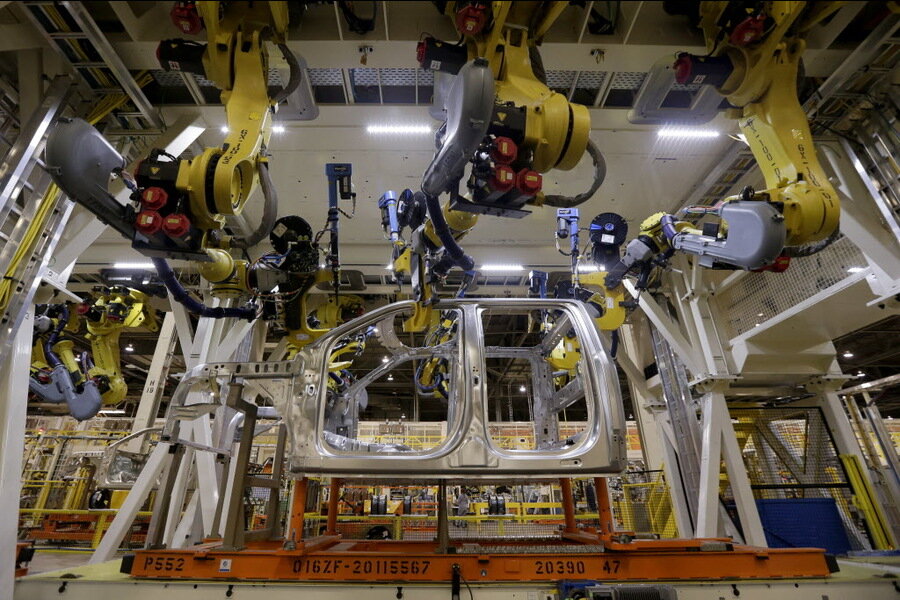Mercedes replaces robots with humans on the production line
Loading...
Chalk up a win for humanity. In spite of futurists’ predictions that automation will slowly replace most people’s jobs, there are still plenty of jobs at which robots are no match for humans. And one of those jobs, as it turns out, is assembling customized Mercedes S-Class sedans.
It’s not that robots aren’t hard workers, or that they aren’t reliable on the assembly line. Robots are particularly good at performing predefined tasks over and over again, and have been widely used in the auto industry since the 1940s, when Ford introduced autonomous machines onto its assembly line.
But robots aren’t good at customizing parts and making decisions on the assembly line, which is why Mercedes decided to hire more skilled human workers to staff its plant in Sindelfingen, Germany.
S-Class sedans have four different kinds of caps for the tire valves and options for features such as temperature-controlled cupholders and carbon-fiber trim. That’s a lot of different options to sort through, and Mercedes found that it was taking too long to reprogram its robotic workers to distinguish between different parts and adapt to new tasks.
“The variety is too much to take on for the machines,” Markus Schäfer, Mercedes’s head of production, told Engadget. “They can't work with all the different options and keep pace with changes.”
As automakers offer more and more highly customized cars in response to customer demand, humans will likely work alongside robots on the production line. At Mercedes, smaller robots are being used to handle repetitive tasks while skilled human workers handle jobs requiring manual dexterity and decision-making. That careful balance of labor allows the Sindelfingen factory to assemble more than 400,000 cars each year.
The trend of human-robot collaboration is born out in a report released this week by the International Federation of Robotics (IFR), a non-profit group of robotics companies and institutes. Robotic workers are becoming more sophisticated and easier to program, IFR President Joe Gemma said in a press release: “Robotic workers will in [the] future be found working hand-in-hand with human staff, helping to replace traditional, rigid production processes with flexible structures.”
The report found that automakers’ collective investments in robotics rose 43 percent from 2013 to 2014, and estimated that by 2018 there will be more than 1.3 million industrial robots working in factories around the world. As Mercedes’s hiring move shows, the automation trend doesn’t necessarily mean human workers will be phased out, but it does suggest that the employment landscape will probably look very different 20 years from now.






